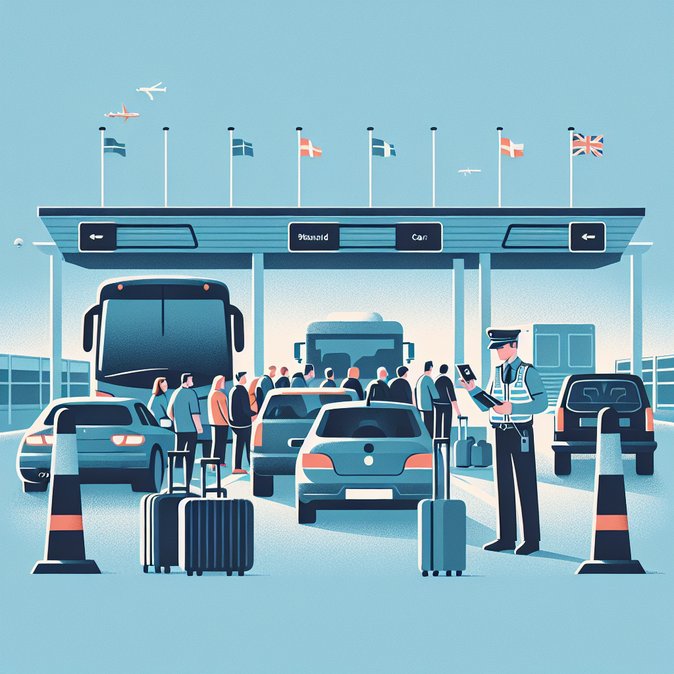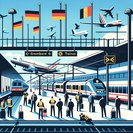
The Port of Dover announced late on 10 November that full biometric Entry/Exit System (EES) checks for car and foot passengers will be postponed until after the Christmas peak. The decision follows consultations with France’s Police aux Frontières, who operate juxtaposed controls in Dover under the Le Touquet Treaty. Since 12 October, nearly 13,000 biometric profiles have already been taken from coach and freight travellers, representing 30 percent of all EES registrations by French seaports to date. Operators warned that extending the scheme to leisure traffic during the festive rush could generate unmanageable queues that spill onto local roads.
Under EU rules France must still meet phased milestones: 10 percent of applicable crossings processed via EES by mid-November and 35 percent by mid-January. Border officials intend to hit those targets by ramping up enrolments on the French side at Calais and Dunkirk instead.
![Port of Dover Postpones EES Roll-out for Tourists After Consultations with French Border Police]()
Business-travel managers should advise employees to allow extra buffer time on Channel crossings—even though traditional passport scans remain the default, spot enrolments may still occur. First-time EES users can expect a three-to-five-minute registration, after which subsequent crossings should move at near-normal speed.
The delay underscores the need for Franco-British coordination even after Brexit. Failure to synchronise could bottleneck supply chains, undermine port reputations and trigger financial penalties from Brussels if milestones are missed. A joint operational-readiness review is set for mid-December; a revised go-live date is expected shortly after.
Practical tip: companies running corporate shuttles between UK and French sites should capture passport-expiry dates and last Schengen exits in their traveller-tracking tools so that EES enrolment status can be flagged automatically when the system finally goes live for tourists.
Under EU rules France must still meet phased milestones: 10 percent of applicable crossings processed via EES by mid-November and 35 percent by mid-January. Border officials intend to hit those targets by ramping up enrolments on the French side at Calais and Dunkirk instead.

Business-travel managers should advise employees to allow extra buffer time on Channel crossings—even though traditional passport scans remain the default, spot enrolments may still occur. First-time EES users can expect a three-to-five-minute registration, after which subsequent crossings should move at near-normal speed.
The delay underscores the need for Franco-British coordination even after Brexit. Failure to synchronise could bottleneck supply chains, undermine port reputations and trigger financial penalties from Brussels if milestones are missed. A joint operational-readiness review is set for mid-December; a revised go-live date is expected shortly after.
Practical tip: companies running corporate shuttles between UK and French sites should capture passport-expiry dates and last Schengen exits in their traveller-tracking tools so that EES enrolment status can be flagged automatically when the system finally goes live for tourists.









